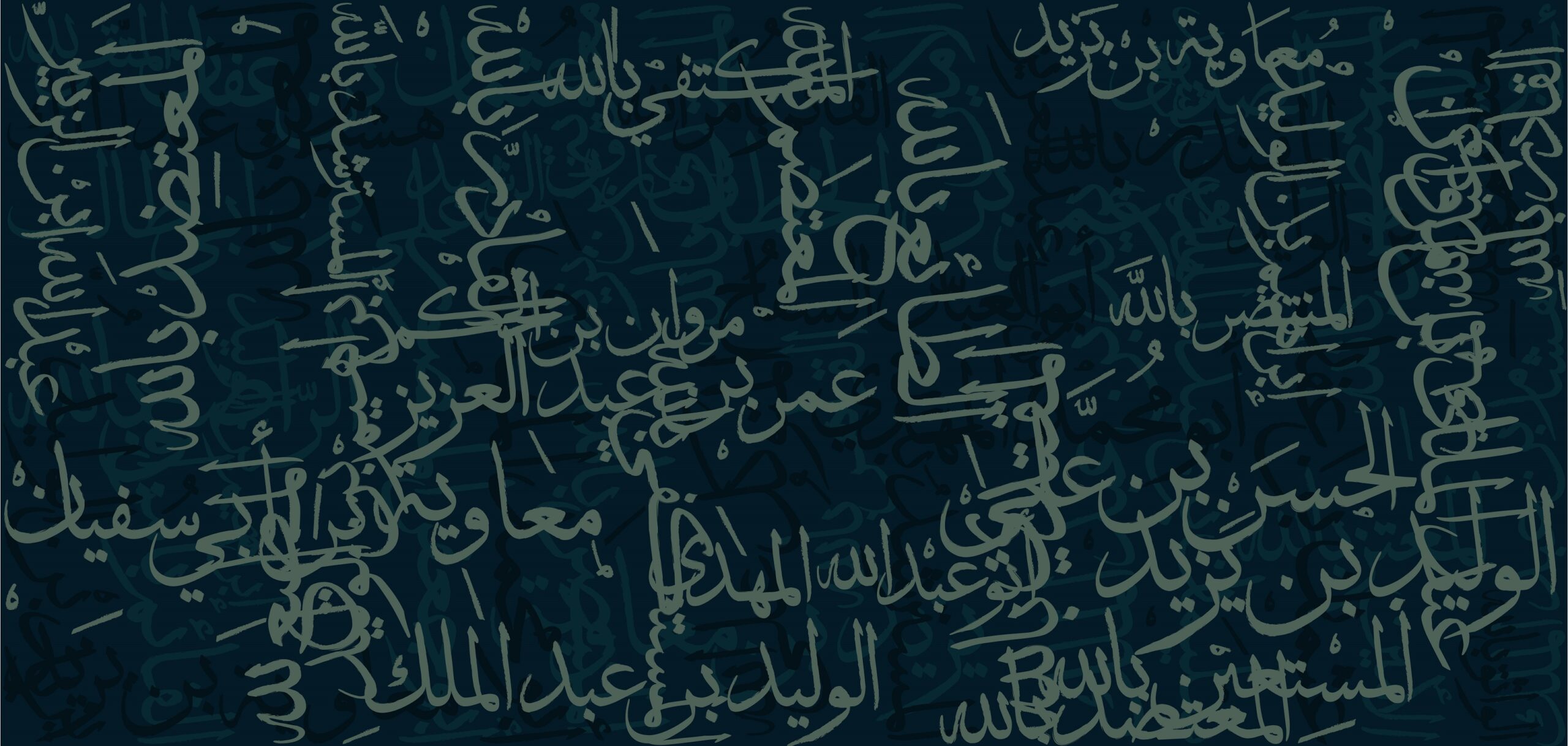
insert_link
share
close
Episode 47: The city of peace
Perhaps most significant among al Mansur’s many triumphs was his founding of a new capital for his administration, a glorious new city which would come to be known as Baghdad. […]




Post comments (0)